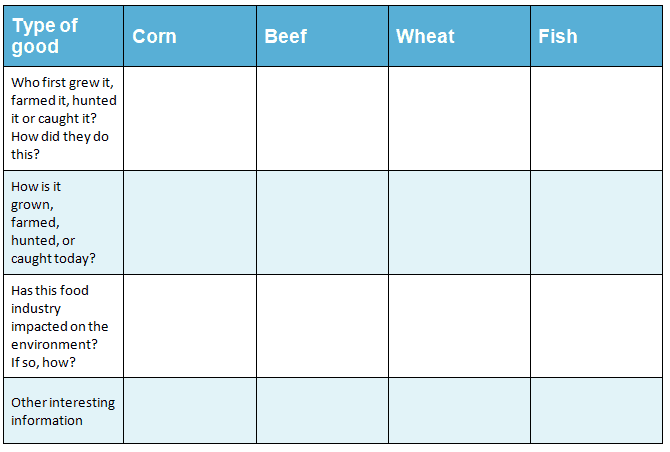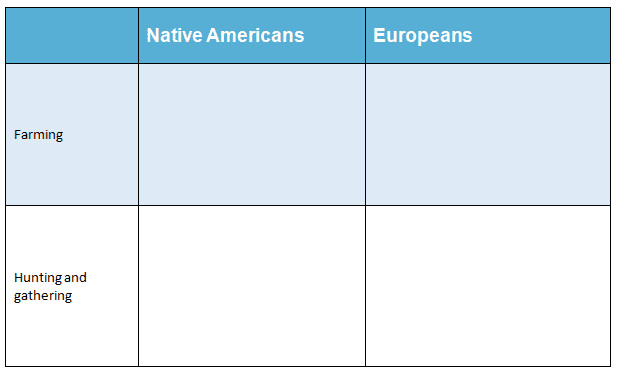Information for Teachers
Curriculum links
This investigation is linked to the following Grade 5 Next Generation Science Standards.
ESS3.C: Human Impacts on Earth Systems
Human activities in agriculture, industry, and everyday life have had major effects on the land, vegetation, streams, ocean, air, and even outer space. But individuals and communities are doing things to help protect Earth’s resources and environments. (5-ESS3-1)
ETS1.A: Defining and Delimiting Engineering Problems
Possible solutions to a problem are limited by available materials and resources (constraints). The success of a designed solution is determined by considering the desired features of a solution (criteria). Different proposals for solutions can be compared on the basis of how well each one meets the specified criteria for success or how well each takes the constraints into account. (3-5-ETS1-1)
ETS1.B: Developing Possible Solutions
Research on a problem should be carried out before beginning to design a solution. Testing a solution involves investigating how well it performs under a range of likely conditions. (3-5-ETS1-2)
At whatever stage, communicating with peers about proposed solutions is an important part of the design process, and shared ideas can lead to improved designs. (3-5-ETS1-2)
Tests are often designed to identify failure points or difficulties, which suggest the elements of the design that need to be improved. (3-5-ETS1-3)
ETS1.C: Optimizing the Design Solution
Different solutions need to be tested in order to determine which of them best solves the problem, given the criteria and the constraints. (3-5-ETS1-3)
How to search the internet
1 Keep your request short
Fewer words will give a more accurate search.
2 Choose exactly what you want
For example: Arctic Circle Climate
3 Use quotes
Double quotes around a set of words tell the search engine to consider those exact words in that exact order without any change. For example: “Arctic Circle Climate”
4 Use the plus sign (+)
If you add a plus sign (+) between words, the internet will search for all the words. For example: migrate+birds+whales+mammal
5 Use the minus sign (–) to say what you don’t want
Use a minus sign (–) to show words you do not want to appear in your results. For example: if you search for burrowing animals and do not want mammals in your search, –mammals will exclude mammals. Note that you need to put a space before the minus sign for the word to be excluded.
6 Be very clear about what you don’t want
Part 1
Ask questions and define problems
After reading From Hunter-Gatherers to Farmers, you may be surprised at the role food has played in the history of North America, and you may have many questions about this.
List your questions
- Compare your list with questions that others have.
- Choose a question you would like to investigate.
- You can work alone, with a partner, or in a small group.
You may want to choose one or more of these questions to investigate
Q1. What foods did hunter-gatherer groups eat in different parts of North America? How did they get these foods? How did they cook them?
Q2. How did the growing of corn develop into the massive industry it is today?
Q3. What is the origin and history of some of the basic foods you eat today? When were they first grown and/or eaten in North America?
Q4. Growing crops changed the way people lived. What were some of the towns/villages of the first farmers in North America like? How did these people live?
Go to Part 2 Investigate →Part 2
Investigate
Helpful websites
You may want to use websites to help you’re your investigations.
Examples of topics you can research: Native Americans+farming, Native Americans+cooking, Native Americans+Hunting, and gathering.
You may want to be more specific and add the name of a particular Native American group, e.g. Native Americans+farming+Navajo
Go to Part 3 Record data →Part 3
Record data
Find a way of recording your information that will allow you to see any patterns in the data
Data Chart for the history of food in North America
(Download and change to suit your information)
 Download Chart
Download Chart
Go to Part 4 Organize, analyze, and interpret data →
Part 4
Organize, analyze, and interpret data
1. Look over the information you have gathered and the patterns you have found.
How did each of the foods have an impact on people when they were first grown or farmed?
What similarities do each of the “food stories” have? In what ways are they different?
2. Search for other patterns.
What is similar about the ways Native American groups got their food and the ways the European settlers got theirs? What are the main differences?
3. Makes notes about what you find.
Go to Part 5 Present and share →Part 5
Present and share
Look over all your information that you have gathered in your investigation.
What are the most important ideas about the history of food in North America?
Make a chart showing the most important ideas
 Download Chart
Download Chart
← Return to menu